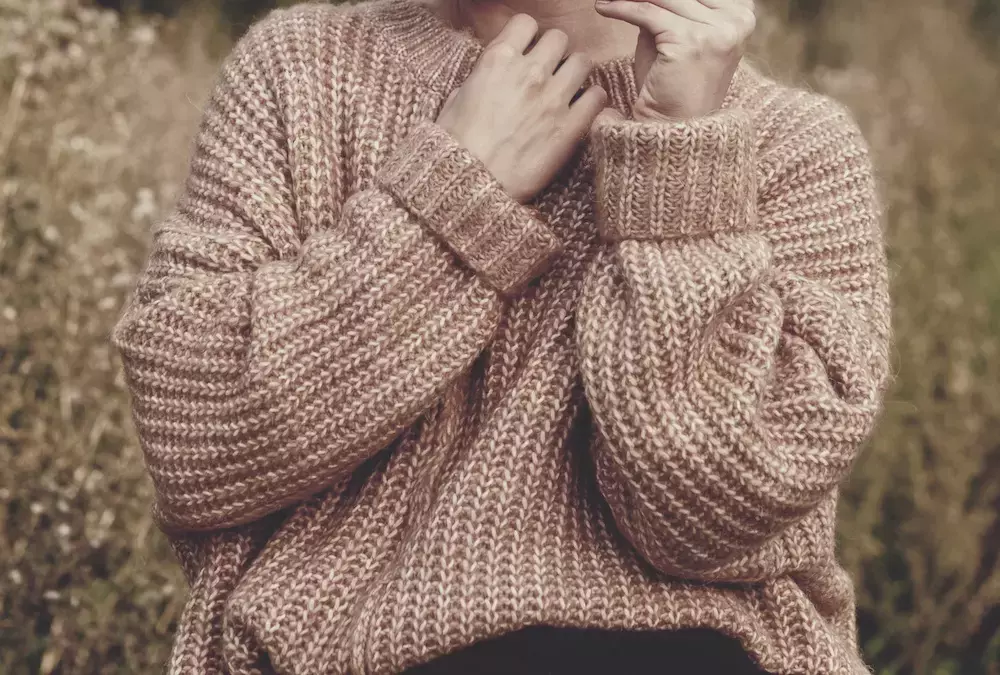DIY Oversized Sweater for Fall
2021-11-25
Usually, when you think of oversized, cozy sweaters worn in fall and winter, you think of the knitted variety that can’t be created without knitting materials and a great deal of know-how.
However, times have changed, and sweater knit fabric can be purchased as-is at your favorite fabric or crafts store. The softness and stretchiness of this unique fabric can make it challenging to sew with, so it’s helpful to have some tips to follow when it comes to having success with using sweater knit fabric in your sewing projects.
Tips for Sewing with Sweater Knit Fabric
Though sweater knit fabric can be temperamental, there are a few ways to ensure that you won’t damage the fabric during sewing or compromise your final product.
Use the Proper Needle
Sweater knit fabric is a stretchy material, and like most stretchy materials, using a ballpoint needle will yield the best results. This is due to the fact that ballpoint needles push the fibers of the material apart and work in between them as opposed to simply poking holes, which can quickly grow in these types of materials.
Number 9 needles will likely work best with more delicate versions of sweater knit, while Number 14 needles are best for thicker, heavier material.
Pre-Wash Your Material
While it’s essential to wash your material before sewing, it’s even more important to wash the material in the same way that you’ll be washing it as a completed garment.
Most sweater knit manufacturers recommend hand washing and laying a piece flat to dry, but if you plan on washing your garment in the washing machine, you can prepare your material by doing just that. Just make sure that you never put sweater knit of the wool variety into the dryer!
Do Your Best to Avoid Stretching the Material
Many people have a tendency to stretch out the material they’re currently sewing, which often won’t make a big difference in less stretchy materials, but this could ultimately compromise the stitching in a stretchy material like a sweater knit. Increasing the length of your stitches can help with this.
Don’t Leave Raw Edges Unfinished
Most sweater knit fabrics tend to fray at the edges if left unfinished. Sergers automatically finish raw edges, but those without Sergers can create a clean, charming finished edge by sewing a narrow zig-zag pattern beneath a broader zig-zag pattern, often called the “double zig-zag” method.
Ready to explore the incredible fabrics and tools that can take your crafting to the next level? Contact GoldStar Tool today.





